
Are you in the market for a new tablet and find yourself bewildered by the multitude of options available? One crucial aspect to consider when purchasing a tablet is the display resolution. The display resolution determines the level of detail and clarity you’ll experience while using the device. In this article, we will decode the world of display resolutions, focusing specifically on large-screen tablet screens. By the end, you will have a clear understanding of the various resolutions available and be better equipped to make an informed decision. So, let’s dive in!
Introduction
Large-screen tablets have become increasingly popular due to their versatility and enhanced user experience. However, with a wide range of display resolutions available, it’s important to understand the technical aspects and implications before making a purchase decision.
What is Display Resolution?
Display resolution refers to the number of pixels present on a screen. It is typically represented by two numbers, such as “1920×1080.” The first number signifies the horizontal pixel count, while the second number denotes the vertical pixel count. Higher resolutions indicate more pixels, resulting in sharper and more detailed images.
Common Display Resolutions for Large Screen Tablets

Let’s explore some common display resolutions found in large-screen tablets:
HD (1280×800)

HD resolution offers a decent visual experience on large-screen tablets. It provides good clarity and detail for general usage such as web browsing, reading e-books, or watching videos. While it may not offer the highest pixel density, it strikes a balance between performance and affordability.
Full HD (1920×1080)
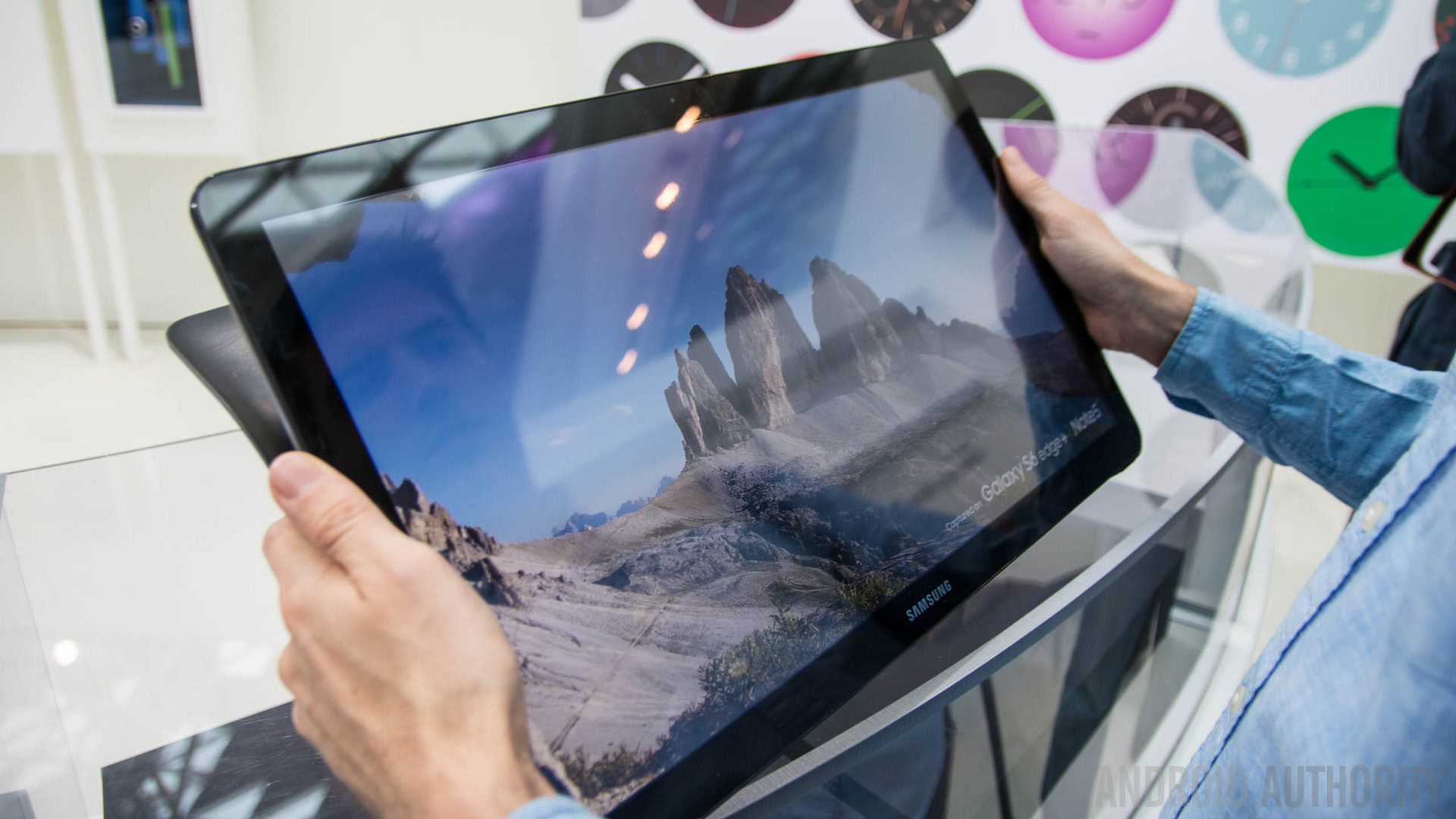
Full HD resolution is a significant improvement over HD and offers excellent visual quality. With a higher pixel density, images and videos appear sharper and more vibrant. This resolution is suitable for multimedia consumption, gaming, and productivity tasks, providing a delightful viewing experience.
Quad HD (2560×1440)

Quad HD resolution takes the visual experience to the next level. With even higher pixel density, images, and text appear incredibly crisp and lifelike. This resolution is ideal for professionals who require precise image rendering, such as graphic designers, photographers, and video editors.
4K Ultra HD (3840×2160)
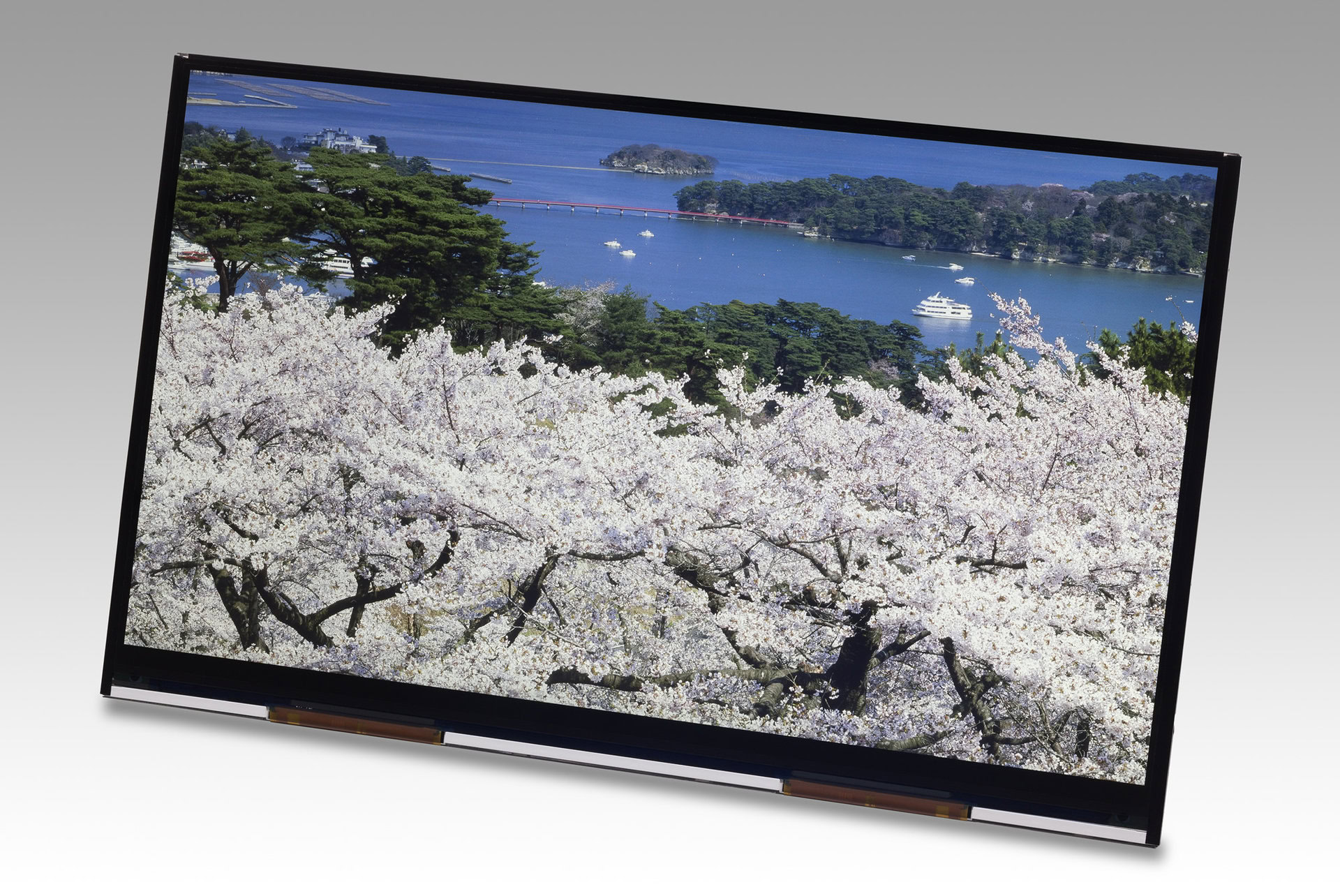
4K Ultra HD resolution is the pinnacle of visual excellence on large-screen tablets. With four times the pixel density of Full HD, it delivers unparalleled clarity and sharpness. This resolution is perfect for multimedia enthusiasts, gamers, and professionals who demand the absolute best in visual quality.
Factors to Consider when Choosing Display Resolution
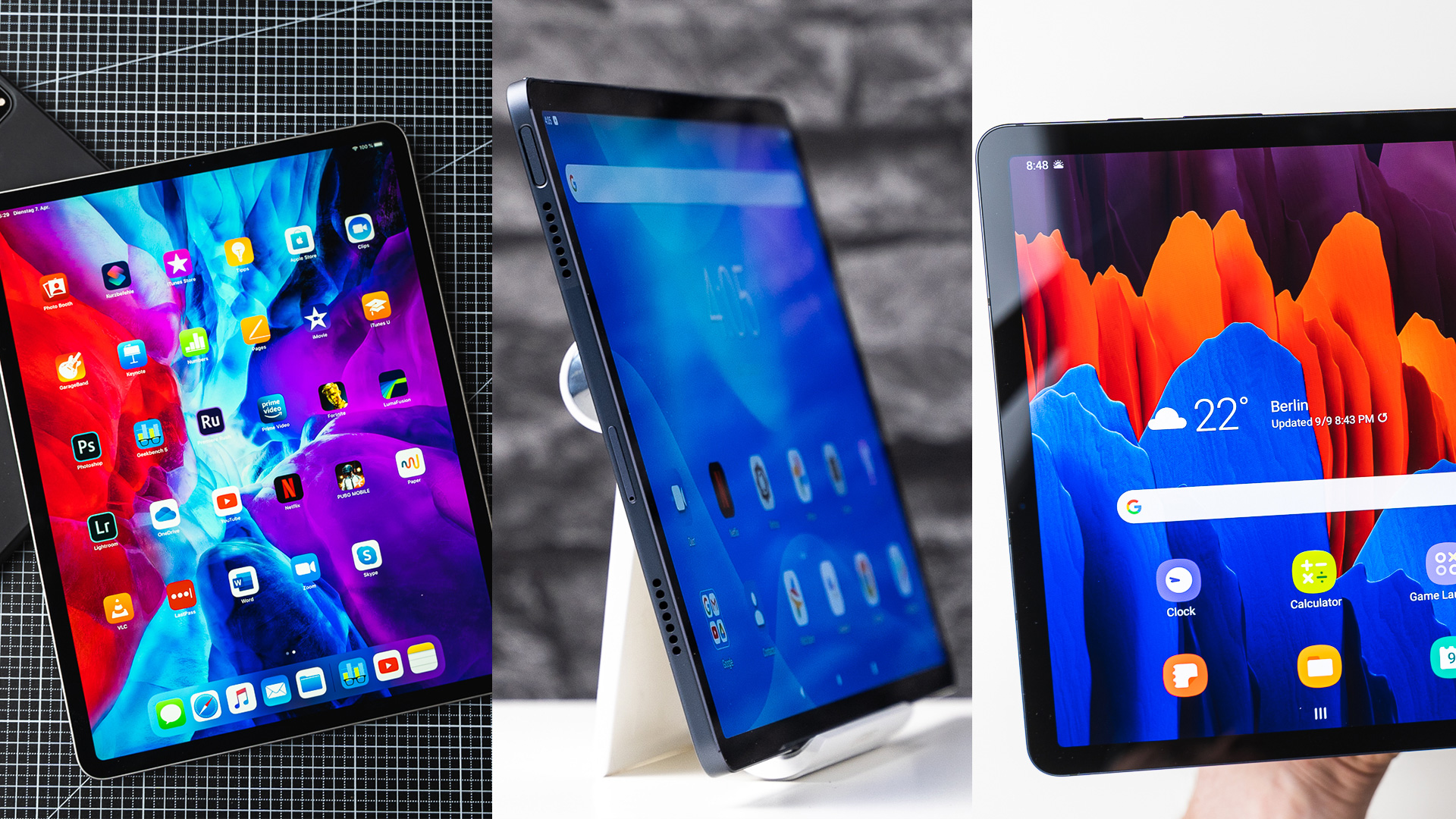
When selecting the display resolution for your Large Scree Tablet, consider the following factors:
Intended Use

Think about how you primarily plan to use your tablet. If it’s for casual web browsing, reading, and light productivity tasks, HD or Full HD resolution might suffice. However, if you require highly detailed visuals or work with multimedia content, higher resolutions like Quad HD or 4K Ultra HD would be more suitable in Large Screen tablets.
Budget

Higher-resolution displays often come at a higher price. Consider your budget and prioritize features accordingly. It’s essential to strike a balance between your desired resolution and other aspects like processor power, storage capacity, and overall device quality.
Battery Life

Higher display resolutions can consume more power, leading to reduced battery life. If portability and long-lasting battery performance are crucial to you, opt for a resolution that offers a good balance between visual quality and battery efficiency.
Performance
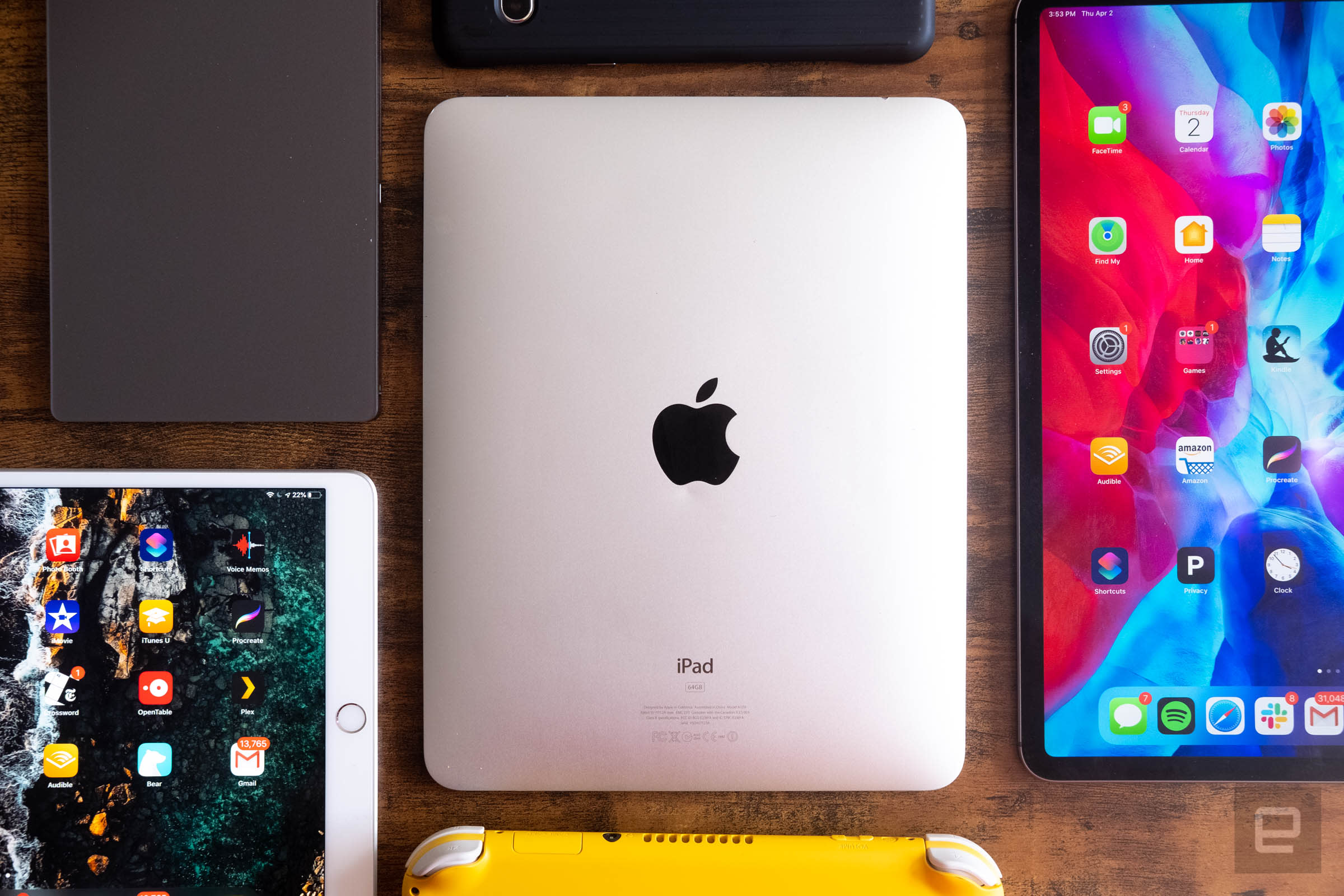
Some lower-end tablets may struggle to handle higher resolutions smoothly. Ensure that the tablet’s hardware specifications, particularly the processor and graphics capabilities, can handle the demands of the chosen resolution. A seamless and lag-free user experience is vital, especially for gaming and resource-intensive tasks.
Display Technologies for Large Screen Tablets

Apart from resolution, display technology also plays a significant role in the overall visual experience on large-screen tablets. Let’s explore a few common display technologies:
LCD (Liquid Crystal Display)
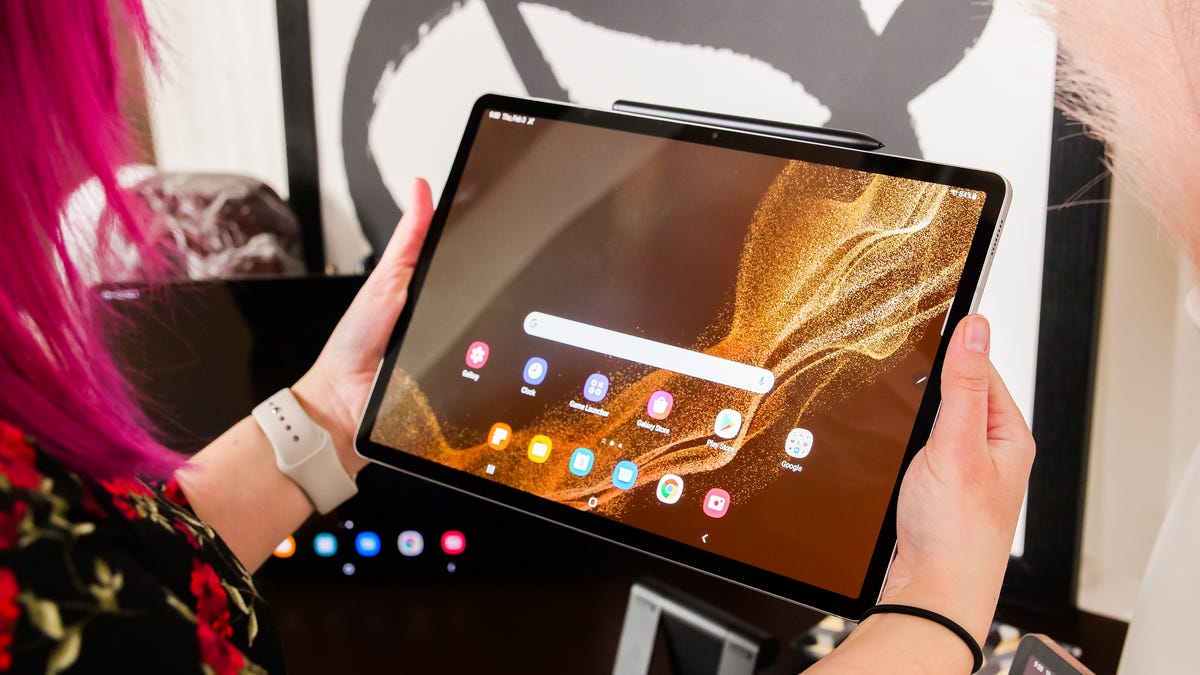
LCDs are widely used in large-screen tablets. They provide excellent color reproduction, wide viewing angles, and good visibility in bright conditions. However, they may not offer the deep blacks and infinite contrast levels found in some other display technologies.
OLED (Organic Light-Emitting Diode)
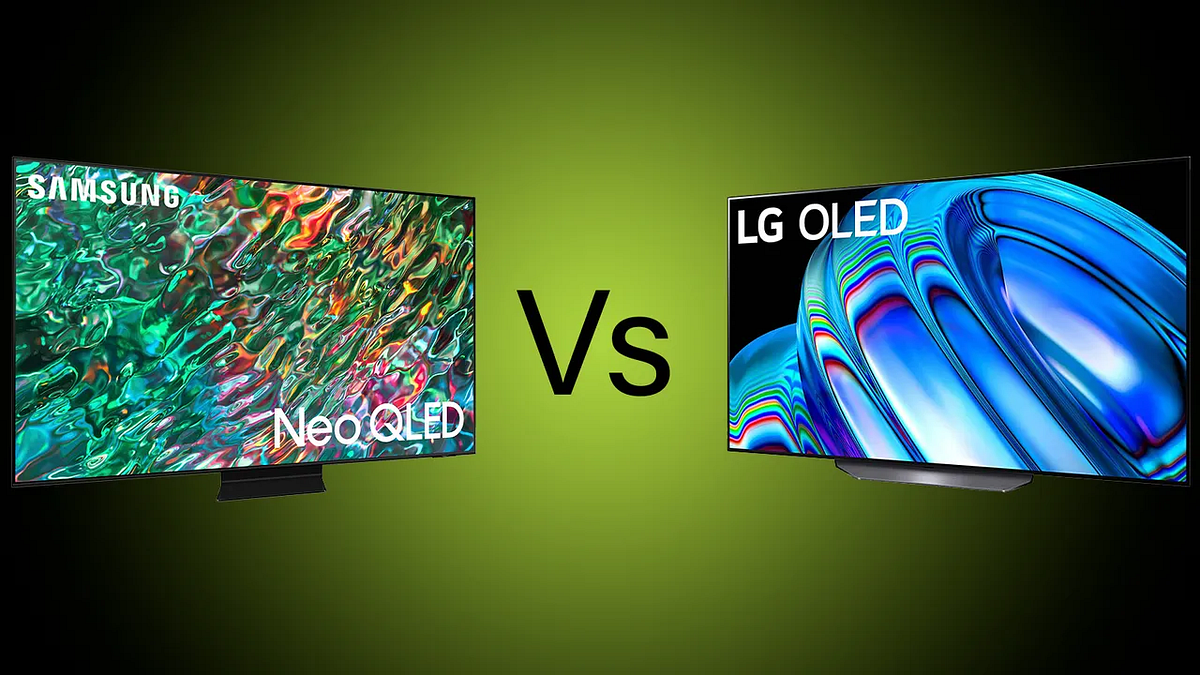
OLED displays offer vibrant colors, high contrast ratios, and deep blacks. They provide an immersive visual experience with excellent color accuracy. OLED displays also consume less power when displaying darker content, contributing to improved battery life.
AMOLED (Active-Matrix Organic Light-Emitting Diode)

AMOLED displays take the benefits of OLED technology further by incorporating an active-matrix backplane. This enables faster response times and smoother motion handling, making it ideal for multimedia consumption and gaming.
Optimizing Display Resolution on Large Screen Tablets

To make the most of your tablet’s display resolution, Large Screen Tablet consider the following tips.
Adjusting Resolution Settings
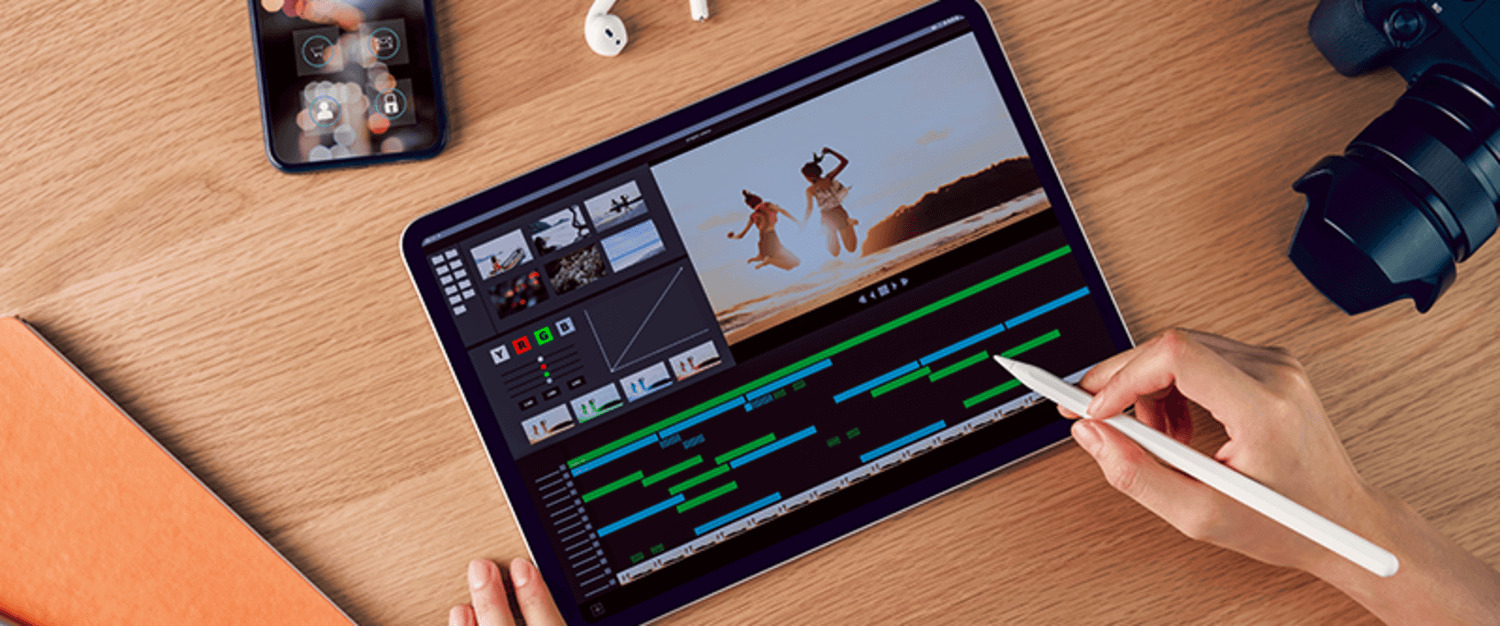
Some tablets allow you to adjust the display resolution to suit your preferences. Experiment with different settings to find the right balance between visual quality and performance of Large Screen tablets.
Utilizing Scaling Options

Scaling options enable you to adjust the size of text and UI elements on the screen. This ensures that content remains readable and usable, especially on high-resolution displays where items might appear small by default.
Display Calibration

Calibrating your tablet’s display can enhance color accuracy and overall visual fidelity. Some devices offer built-in calibration tools or third-party apps that can help you achieve optimal color reproduction.
Conclusion
Understanding the display of Large Scree Tablet resolutions is essential when choosing a large-screen tablet. By considering factors such as intended use, budget, battery life, and performance, you can make an informed decision. Remember to balance your desired resolution with other device features and explore different display technologies to find the one that best suits your needs.